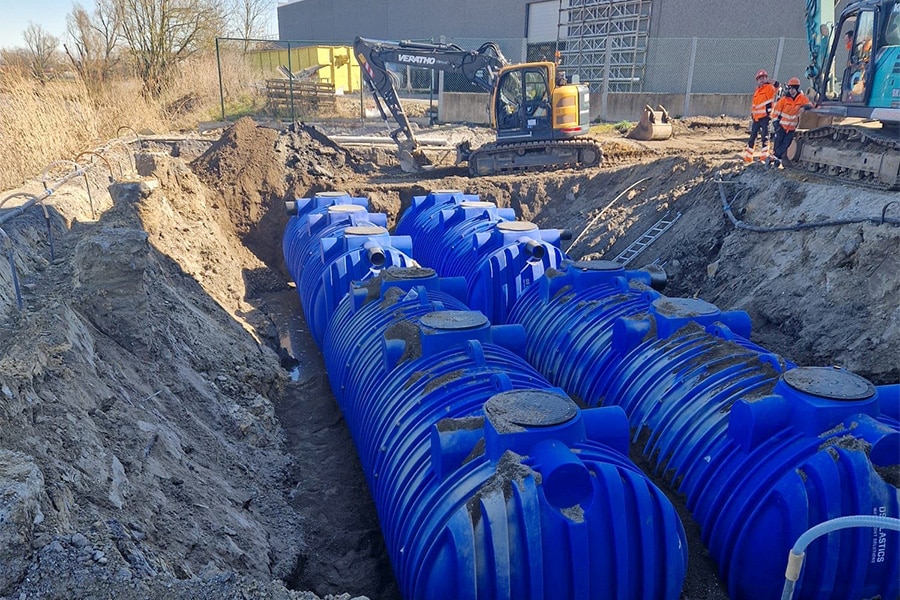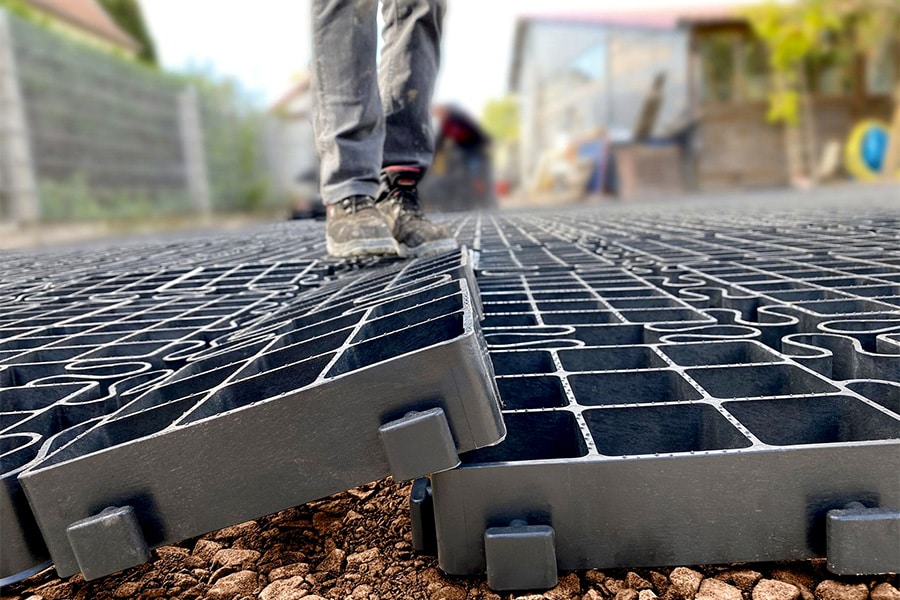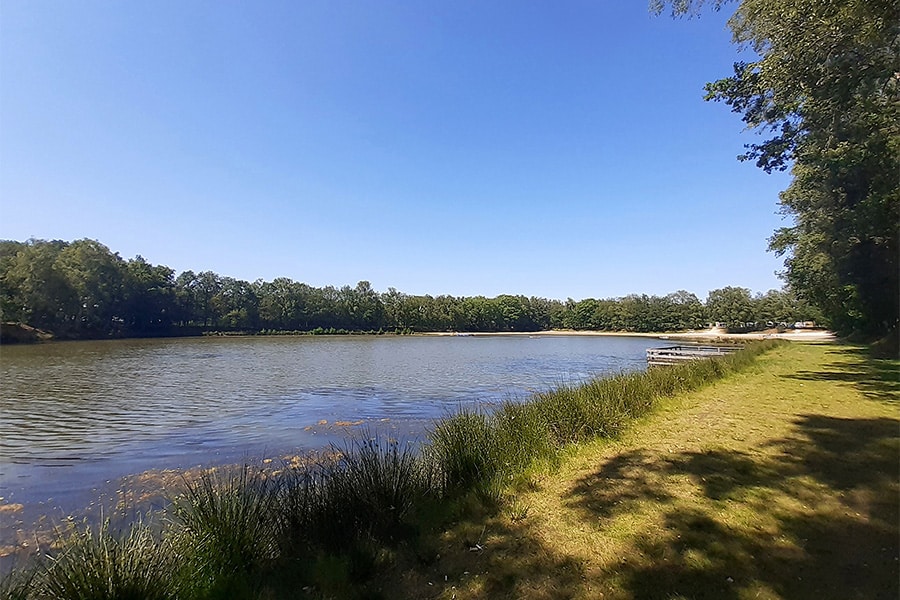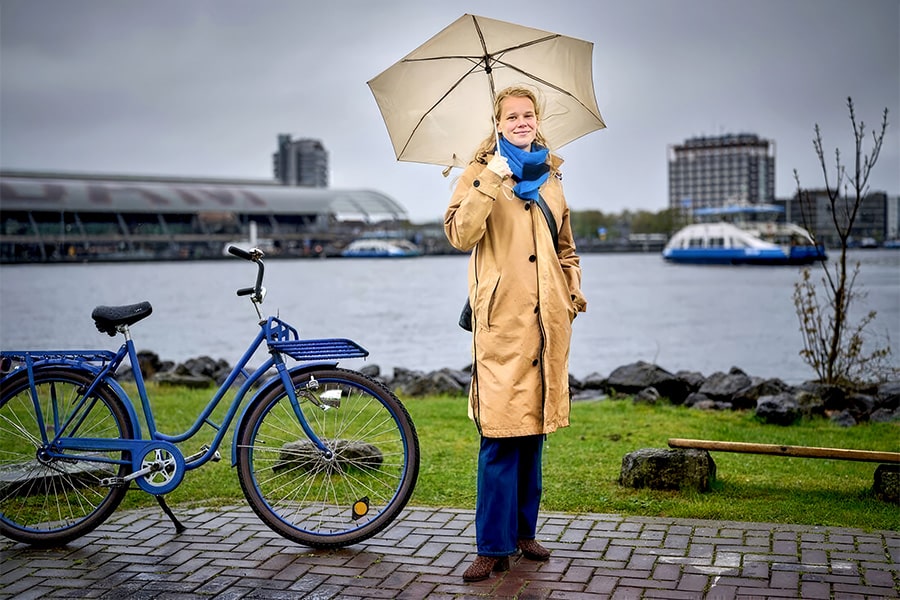
A work of art under a work of art
This seemingly standard assignment turned out to be a considerable challenge to which Heijmans' road designers had their hands full. With Heijmans' specialist knowledge, a 'work of art under a work of art' was realized, safely shielding the existing and new viaduct piers.
"A unified road image is possible by installing one type of vehicle barrier or by applying multiple types with the same shape," says Kees Hanegraaf of DELTA BLOC®, leading manufacturer of vehicle restraint systems. "In the existing situation, there are four different systems: a guide rail, steel barriers and two different types of concrete barrier. This has created a cluttered road image over the years."
Very limited space and changing surface
"Because of the limited space in the cross section and the current verge protection requirements, the application of standard vehicle barriers under these flyover viaducts is not possible," Hanegraaf continued. "A problem that road designers frequently face in road reconstructions. In addition, in this case the road designers had to take into account different subsurface conditions in order to minimize the need for modifications to the road structure. This meant that vehicle barriers were required for installation on a concrete pavement, on the shoulder or on the asphalt. An almost impossible task given the limited spaces and the need for safe transition structures to connect from one system to another."

DB 80 series from DELTA BLOC®
Pillars of structures are only safely protected if the vehicle restraint system can do its job during a collision. Hanegraaf: "Most vehicle barriers shift significantly during a collision. This shift absorbs the impact energy and guides the vehicle neatly into its orbit. The force faced by occupants remains limited. The required impact tests according to NEN EN1317-2 must demonstrate that the requirements are met." But what if there is no or too little room for the required shift? DELTA BLOC®'s DB 80 series offered the total solution for Heijmans' road designers here. Intensive cooperation between Heijmans' specialists and DELTA BLOC resulted in eight strands of concrete vehicle barriers incorporating no fewer than five different types of DB 80. All tested with impact tests according to NEN EN 1317-2, resulting in a safe total solution. "A piece of art in itself that has not been carried out in this way before," says Mr. H. H., "and that is a great achievement."
Thanks to the DB 80 series of DELTA BLOC® Heijmans was able to realize one continuous vehicle restraining structure in performance class H2. The height and approach profile of the different types of DB 80 barriers are identical. Only the installation method differs. "The road user does not experience any difference between the various vehicle barriers but drives past a structure under a structure," concludes Hanegraaf.



